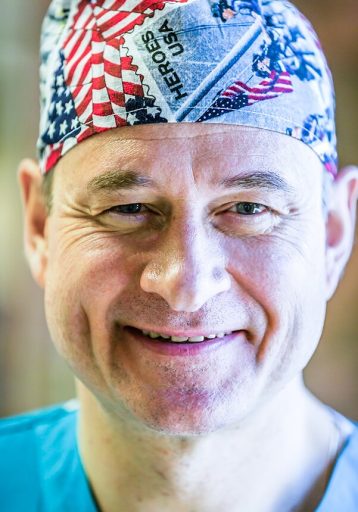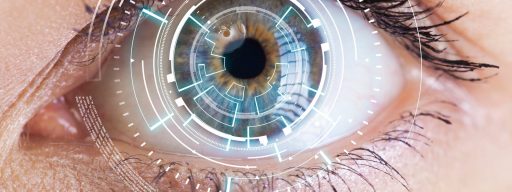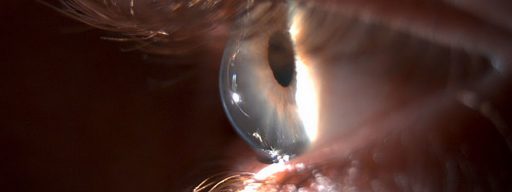Keratoconus is an eye disease that causes the cornea to thin and bulge forward, resulting in irregular astigmatism and myopia. Keratoconus progression can be successfully treated with UV cross-linking. This procedure is based on the basic and clinical research of experts from Germany and Switzerland.
It has been continually upgraded over the past decades. Currently, several variations of UV cross-linking are widely applied in ophthalmology clinics around the world. All ensure either complete halt or significant slowing down of keratoconus progression, eliminating the need for corneal transplant surgery.
Corneal treatment by UV cross-linking is a two-step procedure:
- A special solution containing a photosensitizer (riboflavin) is instilled into the eye, saturating the corneal stroma.
- A high-precision emitter that generates low-power ultraviolet rays is used to irradiate the cornea.
As a result, chemical bonds are formed within the cornea, having a strengthening (cross-linking) effect on collagen fibrils. In the process, the collagen skeleton of the cornea is changed, preventing it from becoming thinner and bending further.
At the end of the procedure, an antibiotic and an anti-inflammatory agent are instilled, and the patient is provided eye protection with a special therapeutic contact lens.

You can make an appointment by phone from 8:30 to 19:30 (daily).
- The procedure is painless.
- Duration is 30 minutes or even less.
- The effect is maintained for five years or more with refraction stabilization.
- Negative effects on deep eye structures (corneal endothelium, lens, or retina) are absent.
Depending on the eye’s individual characteristics, the doctor may choose between two major options for treating the cornea:
- Traditional – requiring removal of the upper corneal layer (epithelium) for the deepest drug (riboflavin) penetration.
- Transepithelial – with no need to remove the epithelium. After application of a drug that loosens the bounds of the epithelial cells, riboflavin freely penetrates the corneal tissue.
- This procedure is gentler and guarantees minimal chance for complications. However, it is less effective and, as a rule, is not applicable for children, whose disease is usually more aggressive.
Several corneal diseases can be treated with UV cross-linking:
- Keratoconus (to stop progression).
- Bullous keratopathy (to relieve pain).
- Corneal ulcer (with bactericidal purposes).
Cases when UV cross-linking is not recommended:
- For patients younger than 16 years.
- In thinning of the cornea of less than 400 microns.
- When significant corneal opacity is present.
During your visit to the ophthalmology clinic, comprehensive diagnostics will be carried out to verify the nuances of eye status, followed by selection of the appropriate treatment protocol suitable for the patient’s specific needs.



